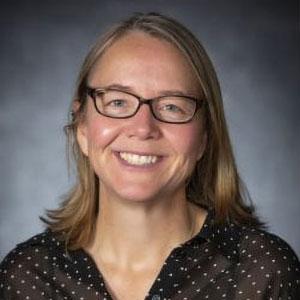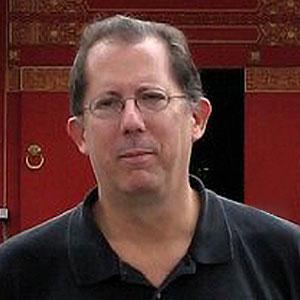West Eugene, Oregon—Air Quality Exposure Study

WHEN
Thursday, February 2, 2023
11:00 a.m. - 12:00 p.m. PT
LOCATION
Online
Zoom
PRICE
Free
Check out this video to watch the West Eugene, Oregon—Air Quality Exposure Study.
A Speaker Series: Toxicology and Societies - The Impacts of Chemicals in Our Lives
Brought to you by:
WWU Institute of Environmental Toxicology and Chemistry
WWU Alumni Association
In response to community concerns regarding industrial air pollution, Beyond Toxics and Oregon State University (OSU) initiated a community-engaged research study characterizing residential exposure to polycyclic aromatic hydrocarbons (PAHs) in West Eugene, OR. This neighborhood is next to a wood preservative facility known to emit PAHs via use of creosote.
Environmental passive samplers were deployed by Beyond Toxics and OSU staff in three rings around the facility at 17 locations: an inner (¼ mile, n=4), middle (½ mile, n=5) and outer ring (1 mile, n=8) for seven days. Thirteen residents in the area wore and returned personal passive wristband samplers. Samplers were analyzed by the Chemical Exposure Core of the Pacific Northwest Center for Translational Environmental Health Research for 63 PAHs.
There were 40 PAHs detected across the environmental samplers. The three most abundant PAHs by average concentration were naphthalene (72ng/m3), acenaphthene (68ng/m3), and 2-methylnaphthalene (52ng/m3). Concentrations of these chemicals were highest in the inner ring, decreasing over distance (p≤0.05, Kruskal-Wallis). Across 13 wristbands, 22 PAHs were characterized, and eight chemicals were found in all samplers (1-methylnaphthalene, 2-methylanthracene, 2-methylnaphthalene, 2-methylphenanthrene, fluoranthene, phenanthrene, pyrene, retene), while one (naphthalene) was found in 12 of 13 wristbands. Concentrations of naphthalene, 1-methylnaphthalene, and 2-methylnaphthalene were significantly higher in the inner ring (p≤0.05, Kruskal-Wallis).
In both the environmental and wristband samplers, PAHs associated with creosote were significantly higher in the inner ring. Levels in the environmental samplers were comparable to those in densely populated industrialized cities, albeit lower than levels of concern to health.
More information about the speaker series is available here. All past Toxicology and Societies recordings are available here.

Dr. Diana Rohlman
Speaker
Dr. Diana Rohlman is an Associate Research Professor in the College of Public Health and Human Sciences, and adjunct faculty in the Department of Environmental and Molecular Toxicology at Oregon State University. She is interested in the role environmental health literacy plays in how communities perceive, describe, and respond to environmental health hazards. The majority of her research is community engaged and incorporates returning data to individuals and communities (report-back of research results; RBRR). She received her doctoral degree in Toxicology at Oregon State University.

Ruth Sofield
Co-Host
Ruth Sofield is a Professor of environmental toxicology and chemistry in the College of the Environment. She received her PhD and MS in Environmental Science and Engineering at the Colorado School of Mines. Ruth’s research group focuses on the effects of water and air pollution. Their current projects include the aquatic toxicity of microplastic and tire wear particles, and the use of moss as a biomonitoring tool for particulate matter. Ruth is a member of the Puget Sound Partnership Science Panel and the President of the Pacific Northwest Society of Environmental Toxicology and Chemistry.

Tracy Collier
Co-host
Tracy Collier received his PhD in Fisheries Sciences from the University of Washington. He has worked for over 45 years as a toxicologist, with more than 35 of those years spent at NOAA’s Northwest Fisheries Science Center, where he served as the director of a science division that employed up to 100 people, covering several disciplines, including environmental toxicology, analytical chemistry, harmful algal blooms, and watershed processes. He has over 175 scientific publications, and currently is an affiliate faculty at Western.
Questions and Accommodations
Contact the WWU Alumni Association for this event. Feel free to call at (360) 650-3353 or email at alumni@wwu.edu if you have any questions or comments.
There will be auto-captions available for the Zoom webinar.